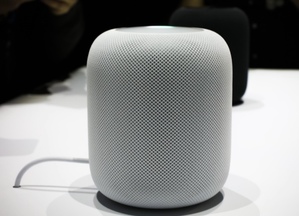Those that own a smart speaker found themselves not only listening to more music but listening longer as well. 14% of the U.S. population now own a smart speaker, but those that do listen to 50% more music and 49% longer than before. They also check out more playlists as well.
Perhaps a more interesting part of the study came from where consumers get their music from. 31% still get their music from AM/FM radio, while 27% comes from streaming. 12% comes from Internet radio and 10% still comes from downloads (a surprise given how sales have fallen off the cliff). 7% comes from satellite radio while only 5% still comes from CDs.
Age makes a difference though, as those between the ages of 16 and 19 consume 60% by streaming, although 9% still consume via downloads (again surprising). When it comes to physical media though, only 2% consume their music that way.
Smartphones are still the primary listening device among younger listeners aged 34 and below (45% for ages 16-19, 40% for ages 20-24, and 31% for ages 25-34). The smartphone is also the most used device for music consumption overall with 25% of total time spent listening. Surprisingly, radio receivers of all varieties still account for the majority of music listening time.
What this and most other studies show is that there is a shift of favorite devices and sources for consuming music, but the standard-bearer for decades is still the leader, and that’s radio. While people now get their music from a variety of places, as long as we spend time in our cars, radio will most likely continue to be king.

 To the surprise of no one, a new study finds that the smart speaker trend is impacting music consumption in a big way. A
To the surprise of no one, a new study finds that the smart speaker trend is impacting music consumption in a big way. A 